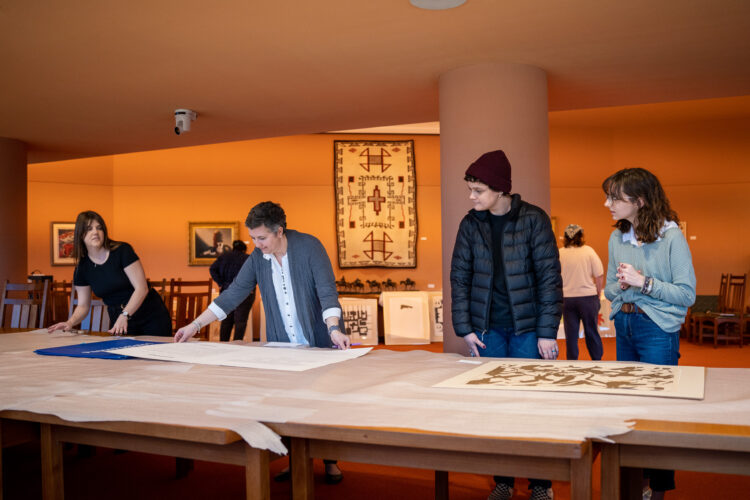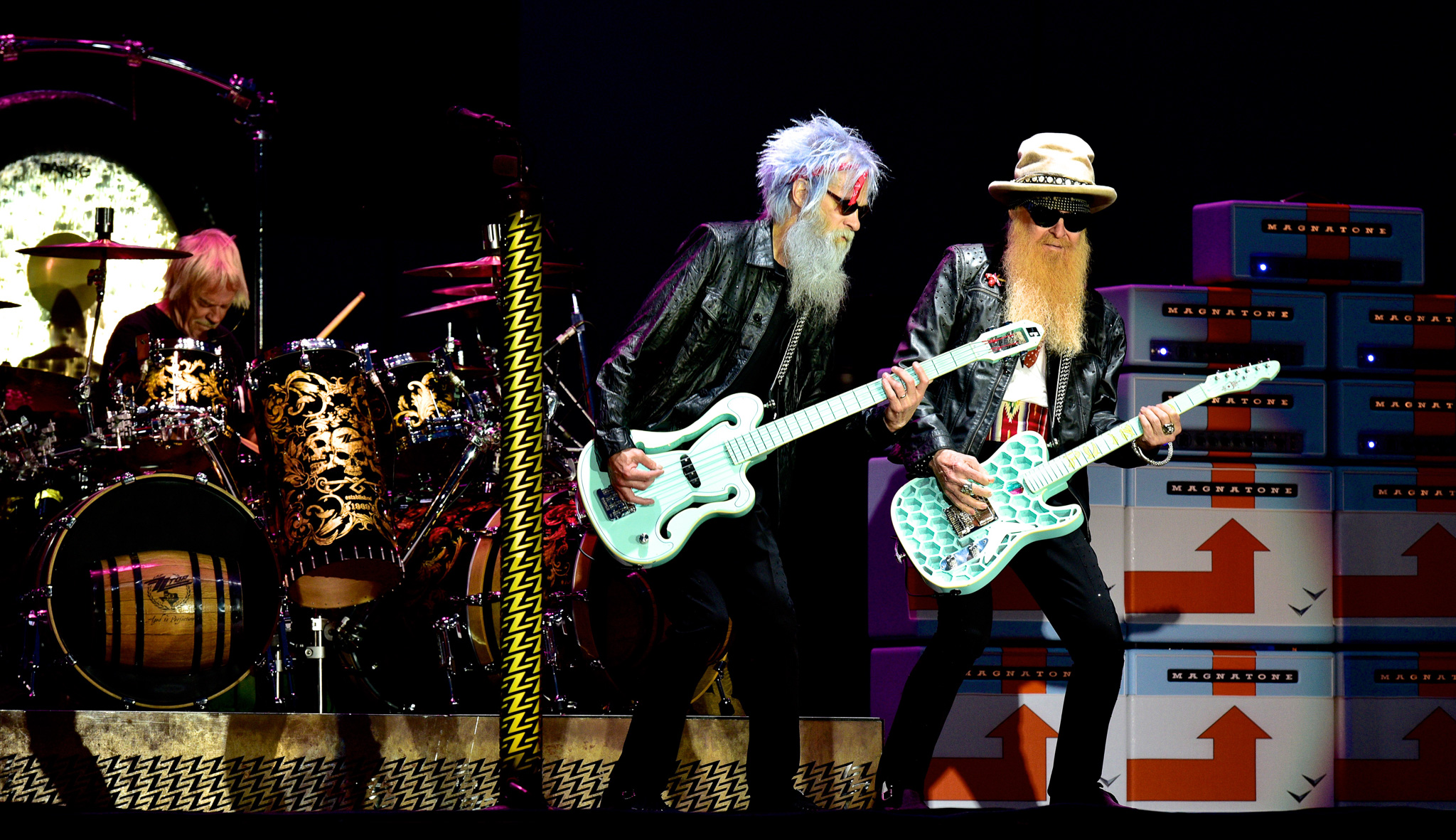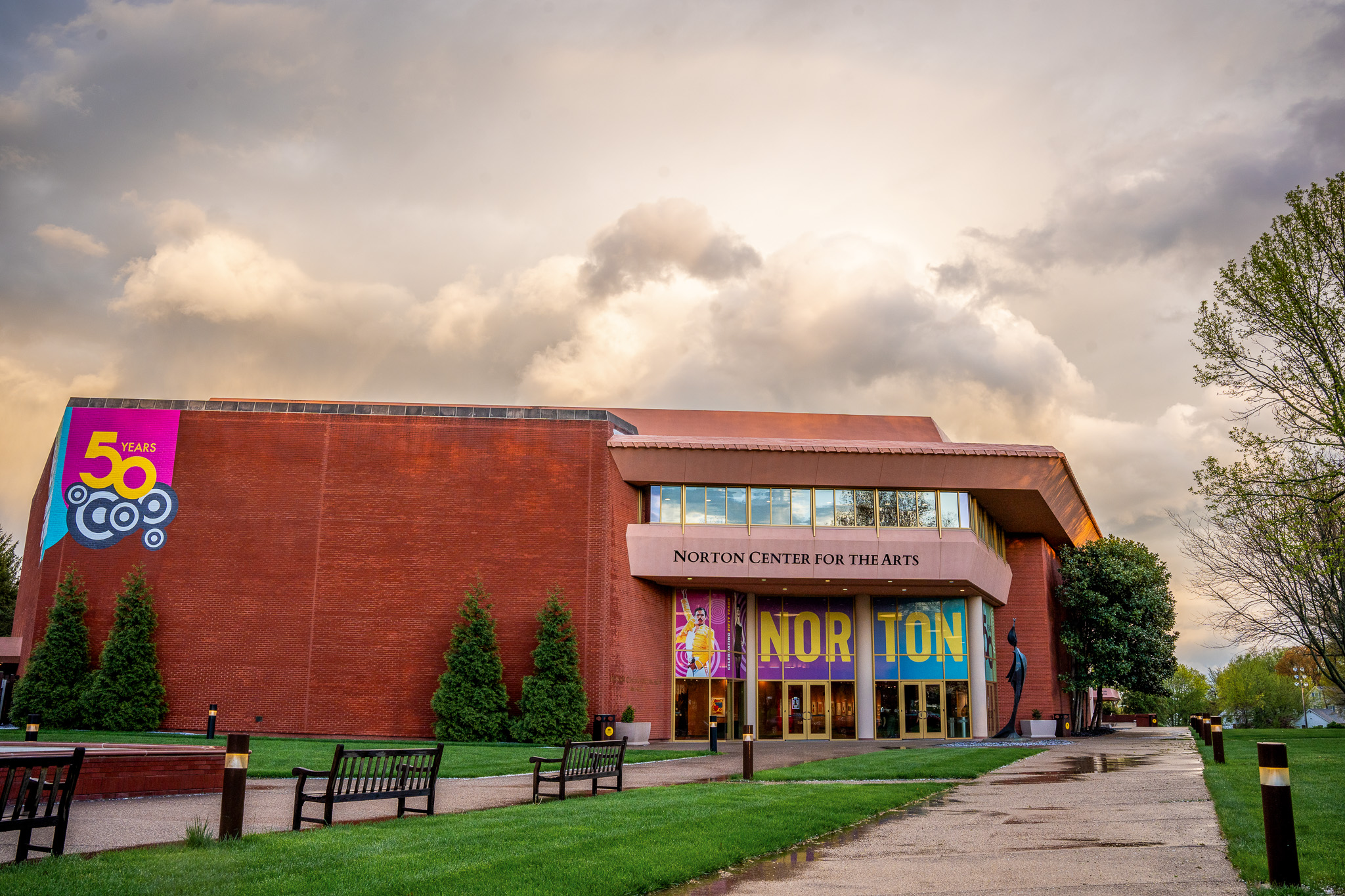
Prints of Protest
by Amy Frederick
Amy Frederick joined Centre’s faculty in 2015. Her major area of interest is seventeenth-century Dutch art. She received a B.A. in English and art history from Duke University, an M.A. in art history and museum studies and a Ph.D. from Case Western Reserve University.
In 1970, the Kansas City Chiefs won Super Bowl IV; the U.S. lowered the voting age from 21 to 18; Midnight Cowboy was awarded Best Picture at the Academy Awards; “I’ll Be There” by the Jackson Five became the Billboard Album of the Year; the first Earth Day was celebrated; the Beatles broke up; the Gay Liberation Front protested the American Psychiatric Association’s classification of homosexuality as a mental disorder; and South Vietnamese and U.S. forces entered Cambodia. This expansion of U.S. presence in the war in Southeast Asia revitalized the antiwar movement in the U.S.
The Kent State and Jackson State shootings in May prompted demonstrations across the country, and protest art played a significant role in the communication of antiwar messages. For example, at the University of California, Berkeley, students were able to use campus facilities to establish a silkscreen printing workshop that eventually produced approximately 50,000 works of original designs by anonymous student artists: in prints, posters and clothing. A student collective, Gorilla Graphics, raised as much as $500 daily (approximately $3,000 today) by charging $1 to screen any image onto a garment supplied by the customer. These designs represent a variety of antiwar responses, including caricatures of then-President Nixon, symbols of both militant and pacifist resistance, and broader protests of racism, sexism and police violence.
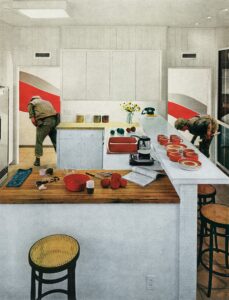
More established and well-known artists also protested the war through their work. In 2019, the Smithsonian American Art Museum’s exhibition, “Artists Respond: American Art and the Vietnam War, 1965-1975,” revealed the breadth of artistic responses to the war, which included expressing a moral urgency through a variety of media, such as painting, sculpture, printmaking, performance, installation and documentary art. Artists attempted to respond to and question issues in American civic and political life with their work. For example, in her photomontage “Red Stripe Kitchen” from the series “House Beautiful: Bringing the War Home,” 1969-1972, artist Martha Rosler wanted to call attention to the horror of war, and not allow viewers to become desensitized to the impacts of a war that seemed far away from their homes. She combined images taken by photojournalists on the ground in Vietnam with calm and shiny interiors of American homes to create jarring juxtapositions of soldiers in domestic spaces. Although Rosler was already a successful artist when she created this series, these works were not initially meant for gallery walls. She allowed them to be used on flyers and in underground protest publications, as she felt that she should not profit from displays of trauma.
This spring, Centre College students in ARH 395: Art and Social Justice studied antiwar art of the 1970s. as one of the topics in class. The course examines the visual arts as a significant element in and impetus for social justice movements. We study how individual artists and arts organizations have engaged in the work of social justice to affect change in their neighborhoods, cities and countries. We look at how the visual arts specifically addresses injustice in diverse and distinctive ways from other disciplines. A goal of the course is for students to be able to evaluate the power of visual imagery in developing a collective consciousness, and in achieving the goals of social justice movements. ARH 395 students have been incredibly fortunate to work directly with the Norton Center’s collection of important antiwar art.
In January, when then-Engagement Services Manager Molly Baker called to tell me that she had located prints from the Norton Center’s original acquisition of art in 1974, I was excited. It is not often in our geographical location that art history students are able to work with objects of this stature in their own space, much less prints of any kind – which as a print scholar was exhilarating. Then, Molly discovered that one collection of these prints comprised the Peace Portfolio I, an example of benefit art from 1970. A collaboration with student contributions to the final exhibition in the lobby was born.
Peace Portfolio I was published as a fund-raiser by the Academic and Professional Action Committee for a Responsible Congress The proceeds were contributed to candidates in the 1970 American congressional election committed to ending the war in Southeast Asia. Any additional funds from sales of the portfolios were used to support future candidates dedicated to pursuing the cause of peace through political action. The portfolio, housed in a blue cloth binding with blue ribbon fasteners, contains 12 prints (primarily lithographs or serigraphs, the designs of which were donated by the artists to the project) and an introductory essay by critic Harold Rosenberg titled “Megaphones.” Each of the ARH 395 students chose one print of the 12 to work on for their midterm exam.
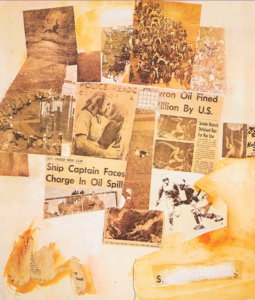
These artists represent some of the most influential and important artists of the mid-20th century, offering students an unparalleled opportunity for study. They include Robert Motherwell, Robert Rauschenberg, Lee Krasner, Adolph Gottlieb, Ibram Lassaw and Saul Steinberg. An initial topic that students addressed was the undeniable fact that these prints are not typical protest art: they are predominantly examples of abstract expressionism. Abstract Expressionism, as you will read on some of the student labels, is a post-World War II art movement generally characterized by its break from traditional technique and subject matter, often using dynamic brush strokes and valuing spontaneity. Their work often centers around energetic gestures or open fields of color. Never an organized collective, abstract expressionist artists were a loose group of like-minded individuals who were often influenced by ideas from the earlier movement of Surrealism, such as an emphasis on capturing the immediacy of the individual psyche and the unconscious.
Most of these artists had also lived through the trauma of the world wars. The crisis of war and its aftermath was an important concern for Abstract Expressionists. These artists were extremely aware of human irrationality and vulnerability, sometimes from personal experience, and wanted to express their concerns in a new art. So, we learned that protest art does not always have to incorporate text or photographs or images from pop culture. These artists donated their works to create the Peace Portfolio as a form of benefit art, to protest the war in Southeast Asia.
Today, while technological developments in digital art initially prompted a decline in the use of traditional printmaking techniques for mass-media purposes, artists are now returning to these same printmaking methods for artistic exploration and experimentation. In particular, protest art today seems especially well-suited for the techniques of lithography and screen printing. Contemporary issues concerning animal rights, environmental protection, social justice and their various intersectionalities with politics and identity are often addressed in the works of today’s printmakers. In addition to the most famous example of Banksy, there are also artists like Caledonia Curry, known as Swoon, who combines printmaking and street art to engage the public in topics like climate crisis, violence, rehabilitation and reintegration. Swoon is known for her life-size prints and site-specific installations, and for her community-based projects, reflecting an ethic of care in her practice. The ideas of working from and within communities, respecting the environment, and researching local cultures have become more widespread in contemporary practices, as social art shifts to a focus on healing and empathy.
This spring, with protests in Frankfort to oppose Senate Bill 150, which curbs transgender medical procedures, limits teaching many sex-related topics in Kentucky schools and doesn’t allow teachers to call students by the name or pronoun of their choice, learning about the diversity of protest art seemed especially consequential. We attempted to communicate with one another, and now with the audiences of the Norton Center, how certain types of artistic expression can provoke thoughtful engagement with difficult topics, such as war or civil rights. We tried to discern what types of protest art were most effective historically, which led us to be more critically engaged with the images that swirl around us today. Through the Peace Portfolio I and our collaboration with the Norton Center, we learned how art can be a powerful force in strengthening our capacity to engage with our community about contemporary challenges.
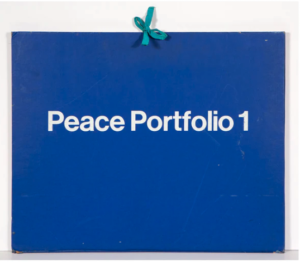
Check out A Retro Perspective: Revisiting Prints From the Permanent Collection in the Norton Center Grand Foyer. This exhibition is free and open to the public M-F, 9 A.M. – 4 P.M. Learn more.
